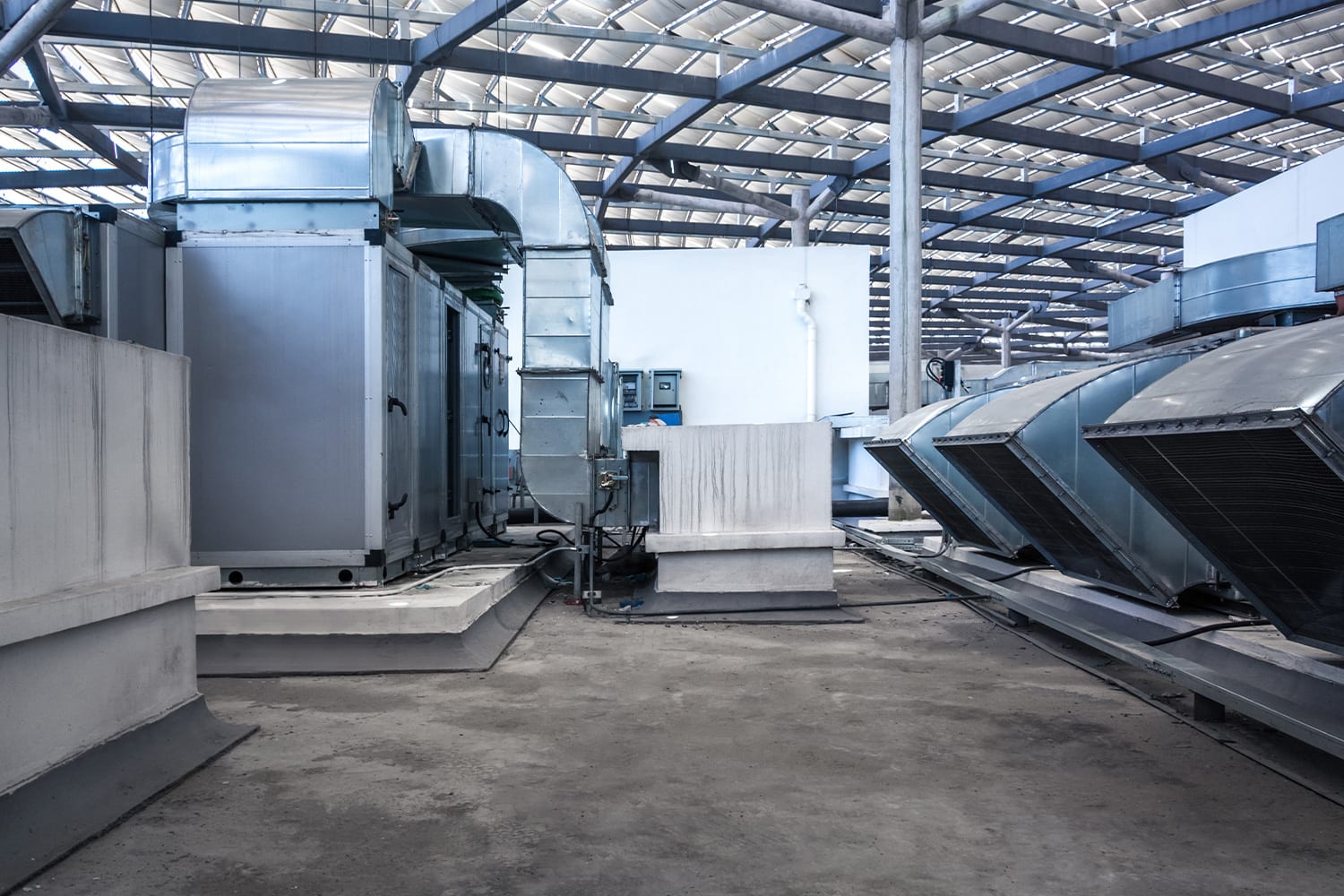HVAC VAV Monitor & Control | IoT Technologies
An IoT-enabled variable air volume (VAV) box, is a part of an HVAC system in commercial buildings. A VAV box is integral to the ductwork connecting primary ductwork to secondary ductwork. In many cases, a Variable Air Volume box is nothing but an assembly of a sheet metal box with a damper and controls inside a control panel. A thermostat connects to the controller while the controller positions the damper based on programmed inputs and variables that include airflow and temperature.
HVAC VAV Monitor & Controls – Q&A
What is a VAV Box?
The VAV box regulates the volume of the air to the zone by opening or closing a damper, therefore controlling the volume of air in a specific zone. The primary air comes from a central VAV air handler through the primary duct system and the VAV Box distributes the air into a secondary duct system with the zone it controls.
What is the use of VAV in HVAC system?
Variable Air Volume (VAV) is a type of heating, ventilating, and/or air-conditioning (HVAC) system. The simplest VAV system incorporates one supply duct that, when in cooling mode, distributes approximately 55 °F (13 °C) supply air.
How does a VAV HVAC system work?
The VAV regulates the volume of the air to the zone by opening or closing the damper, thus controlling the amount of conditioned air directed to the zone. Each zone in a building has a thermostat which controls the VAV, telling it when to open or shut the damper based upon the needs of the zone.
What is a VAV air conditioning system?
Variable air volume (VAV) is a type of heating, ventilating, and/or air-conditioning (HVAC) system. Unlike constant air volume (CAV) systems, which supply a constant airflow at a variable temperature, VAV systems vary the airflow at a constant temperature.
How do you balance a VAV system?
Start balancing the VAV boxes closest to the discharge of the supply fan. Set the box to a call for full cooling. Measure actual air volume and compare to the BAS system indicated air volume. If not the same adjust the VAV box flow coefficient until actual and indicated air volume is the same
What are VAV boxes used for?
These systems utilize main air handlers to provide conditioned air to terminal units throughout a large area of the building. These terminal units, commonly referred to as VAV boxes, are used to control the volume and, sometimes, the temperature of air entering a designated space.
What is the difference between VAV and FCU?
FCU fan coil unit is generally a fan, a coil, (heating and/or cooling) and a vent to exhaust the conditioned air. Different from an air handler unit in that it generally doesn’t use duct work. A VAV is a valve that controls the amount of flow in the downstream ducting.
Pain point(s) surrounding the need for HVAC VAC controls:
Energy costs
Comfort
Flexibility/Control
Solution(s) provided by our HVAC VAV controls technology:
Improve energy-efficiency
Better control throughout a variety of conditions & environments
Applications
Gymnasiums
Cafeterias
Lecture halls
Auditoriums
Large meeting rooms
Churches
Arenas








Recent Comments